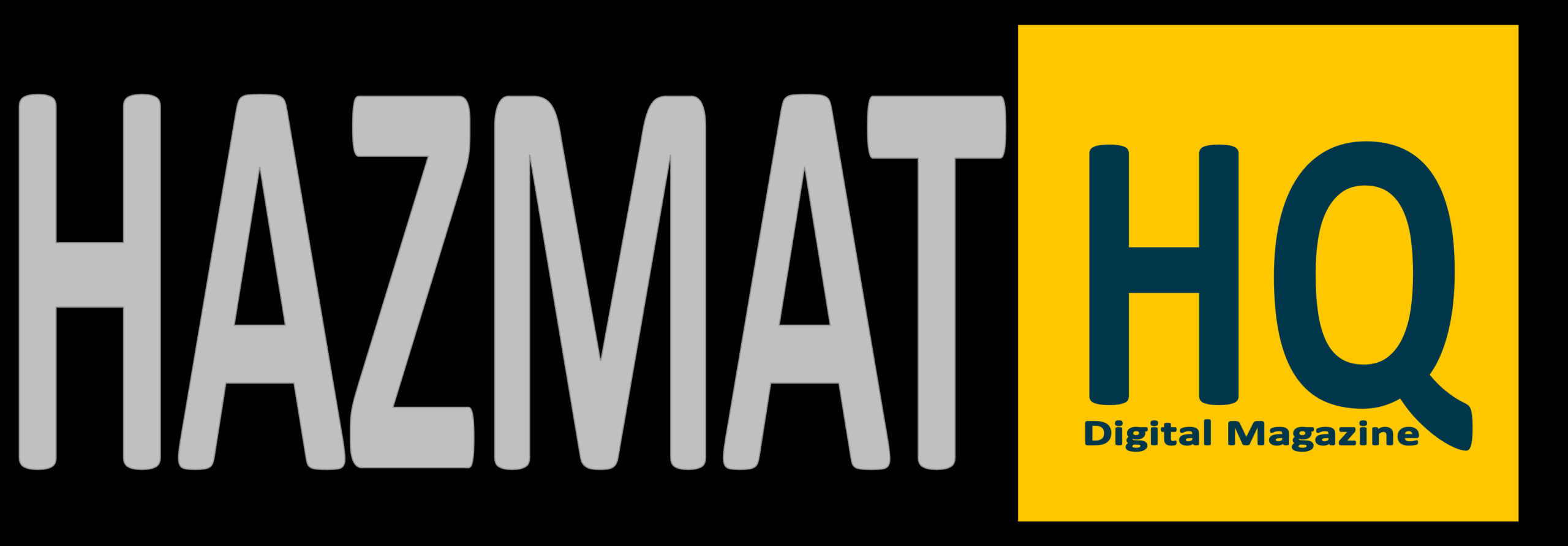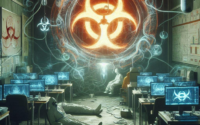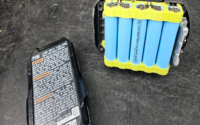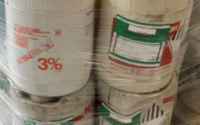When Did You Last Speak to Your Bomb Squad?
When did you last speak with, or even better, train with your local bomb squad? If you have not, there is no time like the present to reach out. 90% of bomb squads are housed within law enforcement agencies. The remaining 10% are part of fire departments. Believe it or not, but the hazmat and bomb squad missions have a great deal of overlap. Here are some ways in which we can integrate.
Often, things like clandestine labs are key points of intersection, where there are chemicals and chemical compounds in various stages of development that require stabilization and identification. While public safety bomb technicians are currently required to be hazmat technicians, their level of training and comfortability with hazmat mitigation may vary. Hazmat teams may provide decontamination resources, additional metering, monitoring, and presumptive identification resources, to name a few.

On improvised explosives device or suspicious item calls, my home agency utilizes firefighters from the hazmat team in order to provide material and manpower support; that is units from the hazmat team and fire suppression units. Suppression units are used for decontamination and fire suppression purposes, while the hazmat team is used to supply metering technology for an “unknown” hazard.
Additionally, the hazmat team provides a rapid intervention team (RIT) for the bomb technician operating. They conduct chemical warfare agent screening prior to entering cold zone. In the event of an unplanned detonation, they respond at the direction of command, and are outfitted with a SKED, fire extinguisher, and a specialized trauma medical kit. For PPE, they wear full bunker gear and air pack. It is vital for fire departments and/or hazmat teams being used for the purpose of rapid intervention teams during IED or suspicious item incidents, crews have some advanced training in how to best package a downed bomb technician, as well as having an understanding of the “stay and play” versus “load and go” algorithm.
For hazmat teams, your local bomb squad can assist in providing explosives subject matter expertise on unknown hazard calls, as well as remotely operated vehicles such as robots, and in some cases drones. While some drones are becoming capable of carrying detections equipment, I am unsure that the technology is fully developed. On the robots’ front, unmanned metering and monitoring can take place.

A robot could recon and deliver readings in unknown or high hazard environments. I also think of remote monitoring devices such as Area Rae, Blackline or the like. Area Rae and Blackline monitors could be delivered robotically rather than endangering human lives. Obviously, there are limitations to everything; robotic radio communications may interfere with initial monitoring and other communications devices.
While this is a very high-level article, it is meant to provide a general overview for both hazardous materials teams and public safety bomb squads, in order to get agencies of either persuasion communicating and training in advance of the calls.
Editor’s Note: Due to Operational Security, many photos of this integration are not shown.




